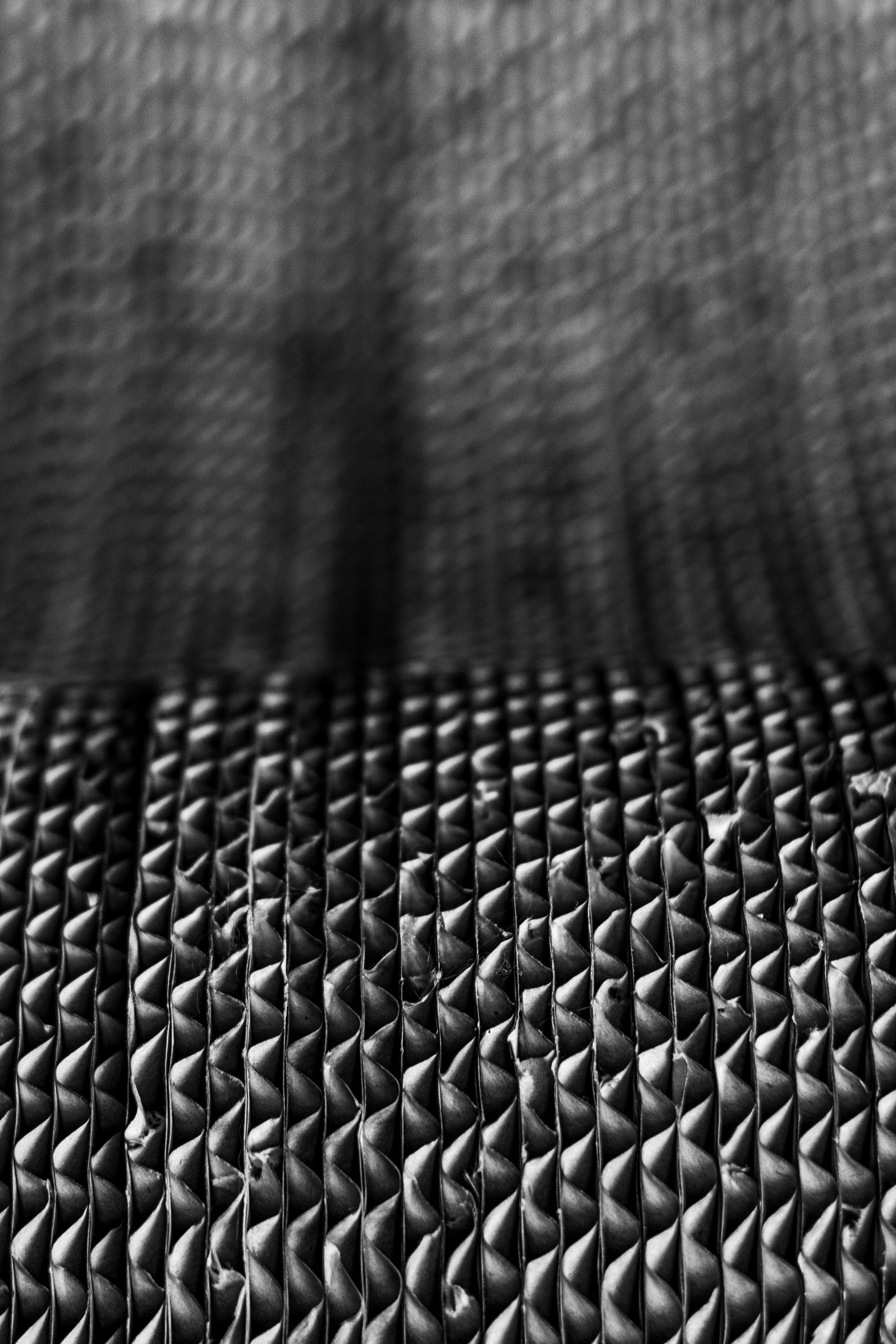Effective Strategies to Reduce Dust in Your House
Dust accumulation is a common issue that many households face, posing potential health risks and negatively impacting indoor air quality. In 2025, the importance of maintaining a clean and dust-free living environment continues to be a priority for families, particularly those with allergy sufferers or respiratory conditions. This article explores practical ways to reduce dust in your home, ranging from cleaning tips and effective dust reduction techniques to household dust management strategies. By implementing these methods, you can create a healthier living space and enjoy the benefits of dust-free living.
Routine Cleaning for Dust Reduction
Establishing a regular cleaning routine is crucial for minimizing dust in your home. A consistent schedule allows you to stay ahead of dust accumulation and effectively manage allergens. Consider developing a house cleaning schedule that includes daily, weekly, and monthly tasks. For example, daily cleaning could focus on quick dusting of surfaces, while weekly tasks might incorporate vacuuming carpets and mopping hard floors.
Daily Cleaning Tips for Dust Management
Incorporating short daily cleaning tasks into your routine can significantly decrease dust levels. Use dusting cloths and sprays designed to capture dust particles effectively. Pay special attention to high-traffic areas and surfaces that collect dust, such as shelves, electronics, and furniture. Remember to clean your curtains and blinds as they can also harbor dust.
Weekly and Monthly Deep Cleaning Tasks
Weekly deep cleaning tasks should include vacuuming carpets with a high-quality vacuum that is specifically designed for dust control. Additionally, mop hard floors to capture any fine dust that may settle. Monthly tasks might involve cleaning hard-to-reach areas, such as ceiling fans and behind furniture, to prevent dust build-up.
Expert Advice on Dust Control Techniques
Experts recommend utilizing cleaning technology such as HEPA filters in your vacuum and air purifiers to effectively eliminate dust from your home. These tools can significantly improve indoor air quality by capturing even the smallest particles. Additionally, consider integrating indoor plants that naturally filter indoor air pollutants, helping to reduce surface dust.
Organizing for Less Dust
Another effective strategy for dust reduction is to maintain an organized home. Clutter tends to attract dust, so creating a system for organization can go a long way in minimizing dust levels.
Decluttering to Reduce Dust
Start by assessing your living spaces and identifying items that may not be necessary. Donate or recycle items that you no longer use. A decluttered environment not only reduces dust accumulation but also makes cleaning more manageable. Consider utilizing storage solutions that are easy to clean and limit dust build-up.
Furniture Care to Prevent Dust Accumulation
Proper care of your furniture plays a vital role in dust control. Choose furniture that requires minimal upkeep and is less prone to collecting dust. Regularly clean surfaces with appropriate products and materials that do not contribute to dust accumulation.
Seasonal Cleaning Tips to Minimize Dust
With changing seasons, it’s essential to adapt your cleaning routines accordingly. During spring and fall, when dust allergies peak, consider incorporating thorough cleaning sessions that include washing curtains, vacuuming mattresses, and dusting blinds. These seasonal cleaning tips can significantly reduce allergens and dust particles in your home.
Humidity Control for Dust Prevention
Maintaining optimal humidity levels in your home can help control dust accumulation. Dust thrives in dry environments, making humidity control a priority.
The Impact of Humidity on Dust Levels
Using a humidifier can assist in keeping humidity levels between 30% and 50%, preventing dust from becoming airborne. However, avoid excessive humidity, which can lead to mold growth. Regularly monitor indoor humidity levels to strike the right balance for dust management.
Indoor Air Quality Improvement Strategies
Improving air quality can also help reduce dust. Ensure that your home is well-ventilated by opening windows when weather permits, and using exhaust fans in bathrooms and kitchens to remove stale air. Changing HVAC filters regularly can further reduce dust circulation throughout your home.
Integrating Air Cleaning Systems
Investing in air cleaning systems such as HEPA air purifiers not only captures dust particles but also enhances overall indoor air quality. These systems can significantly lower allergens and provide a fresh environment for you and your family.
Managing Dust in High-Traffic Areas
High-traffic areas such as living rooms, entryways, and kitchens are prone to increased dust levels. Special attention to these spots can lead to dramatic improvements.
Cleaning Electronics to Reduce Dust Buildup
Electronics are notorious for attracting dust due to static electricity. Regularly dust and clean electronics using specific cleaning techniques and products that minimize particles.
Reducing Dust from Pets
If you have pets, it is crucial to implement specific cleaning routines aimed at reducing pet hair and dander. Regular grooming, using vacuum cleaners with pet hair attachments, and frequently washing pet bedding can be effective strategies.
Utilizing Hard Floors to Control Dust
Choosing hard floors over carpets can significantly minimize dust retention in your home. Hard surfaces are easier to clean and less likely to harbor dust mites and allergens. Consider replacing carpets with alternatives like linoleum or tile to create a dust-free environment.
Q&A: Common Questions on Dust Control
Q: How often should I dust my house?
A: Ideally, dusting should be done at least once a week to effectively manage allergens and maintain a clean environment.
Q: What cleaning tools are best for dust removal?
A: The best tools include microfiber cloths, HEPA vacuum cleaners, and dusting sprays that capture particles instead of spreading them.
Q: How can I keep dust down while doing renovations?
A: During renovations, seal off areas using plastic sheets, continuously vacuum dust, and use air purifiers to filter airborne particles.
Q: Are there any natural ways to manage dust?
A: Yes! Using essential oils and maintaining humidity can be effective natural strategies for dust control.
Q: What should I know about dust control technology?
A: Investing in modern cleaning technologies can be a game changer for dust management. Products equipped with advanced filtration systems can significantly improve indoor air quality and reduce dust levels.


